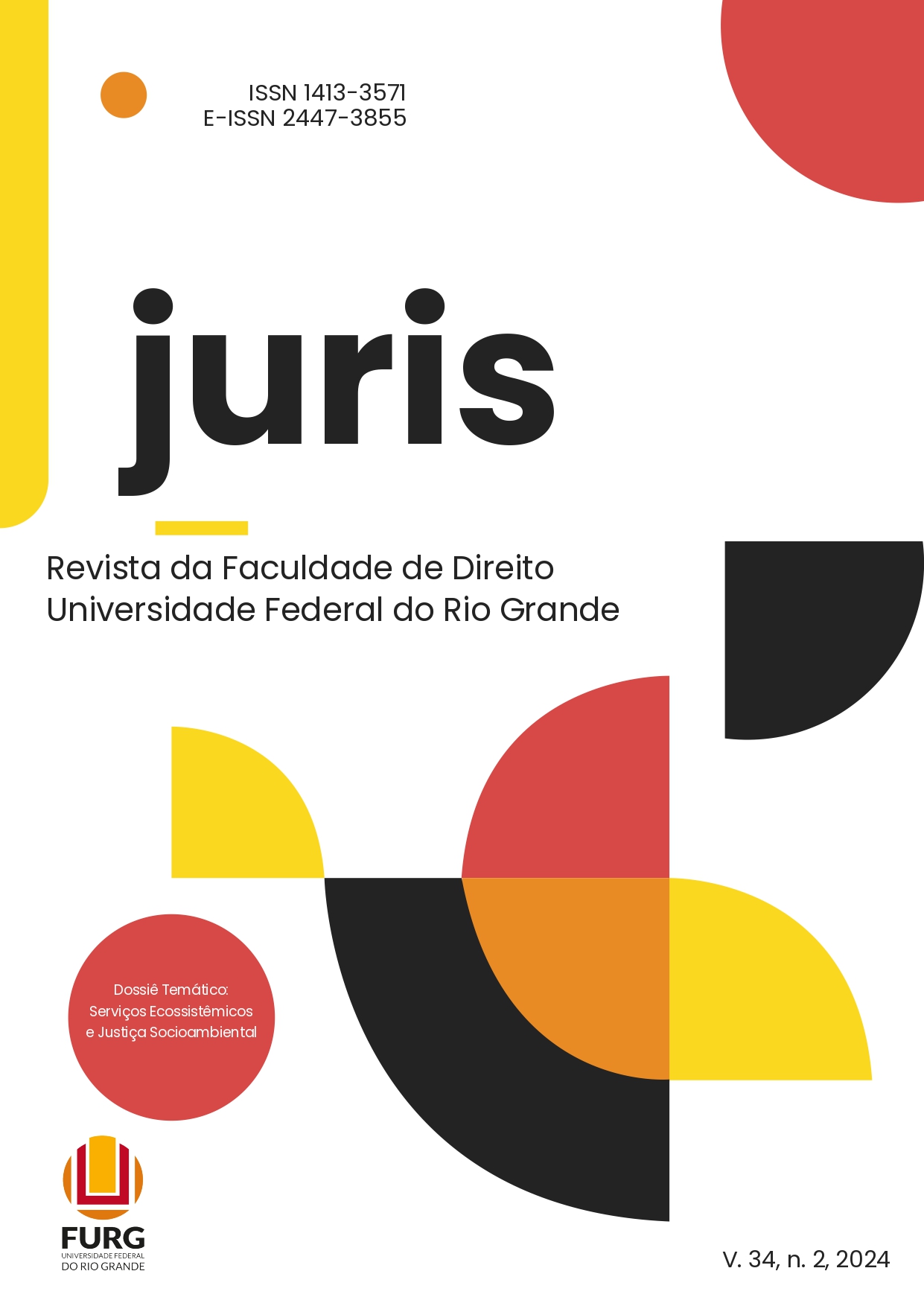Taxonomy for payments for environmental services:
the opportunity cost of labor as an alternative to the opportunity cost of land
DOI:
https://doi.org/10.14295/juris.v34i2.17659Keywords:
payment for environmental services, environmental policy, opportunity cost of land, opportunity cost of laborAbstract
The objective of this article is to consider the diversity of situations when discussing the design of payment for environmental services (PES) initiatives, focusing on the payment to be made to the providers of these services. The central hypothesis is that the basis for calculating payment for environmental services should be differentiated according to the location and social group benefiting. It is argued that methodologies based on the opportunity cost of labor should be designed to calculate the benefits to agents who do not own the land or have actions unrelated to its use, as a way of compensating for the time and effort required by the sustainable practices we wish to encourage. The article is exploratory and based on a bibliographical review of the national and international literature on PES and its relationship with environmental policy. The main result is the development of a simplified taxonomy that differentiates payment models into systems for private rural properties with commercial production objectives and other situations where the land is not private or the aim of the PES is not related to land use. It is also argued that PES systems financed by private resources tend to focus on the first case, while the use of public resources should be primarily directed towards the second case. This differentiation may be important for the implementation of Law 14.119, which establishes the National Policy for Payment for Environmental Services in Brazil.
Downloads
Downloads
Published
How to Cite
Issue
Section
License

This work is licensed under a Creative Commons Attribution 3.0 Unported License.
Ao encaminhar os originais, o(s) autor(es) cede(m) os direitos de publicação para a JURIS.







